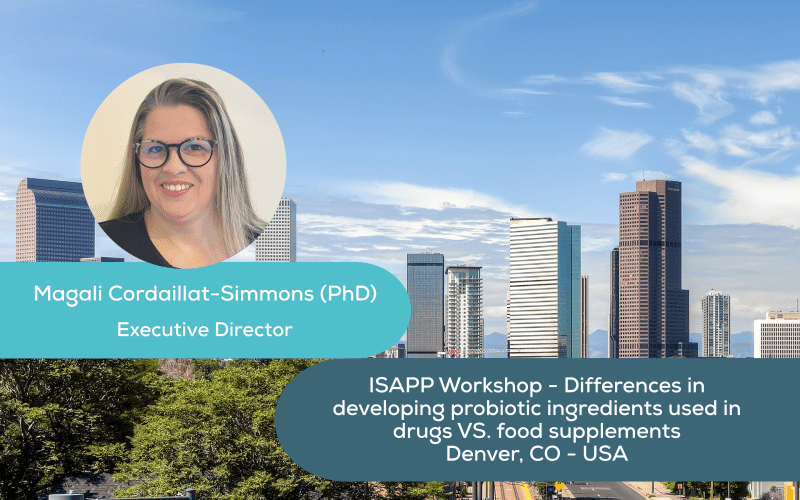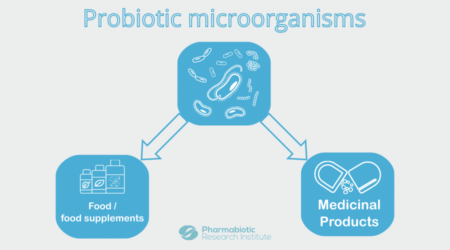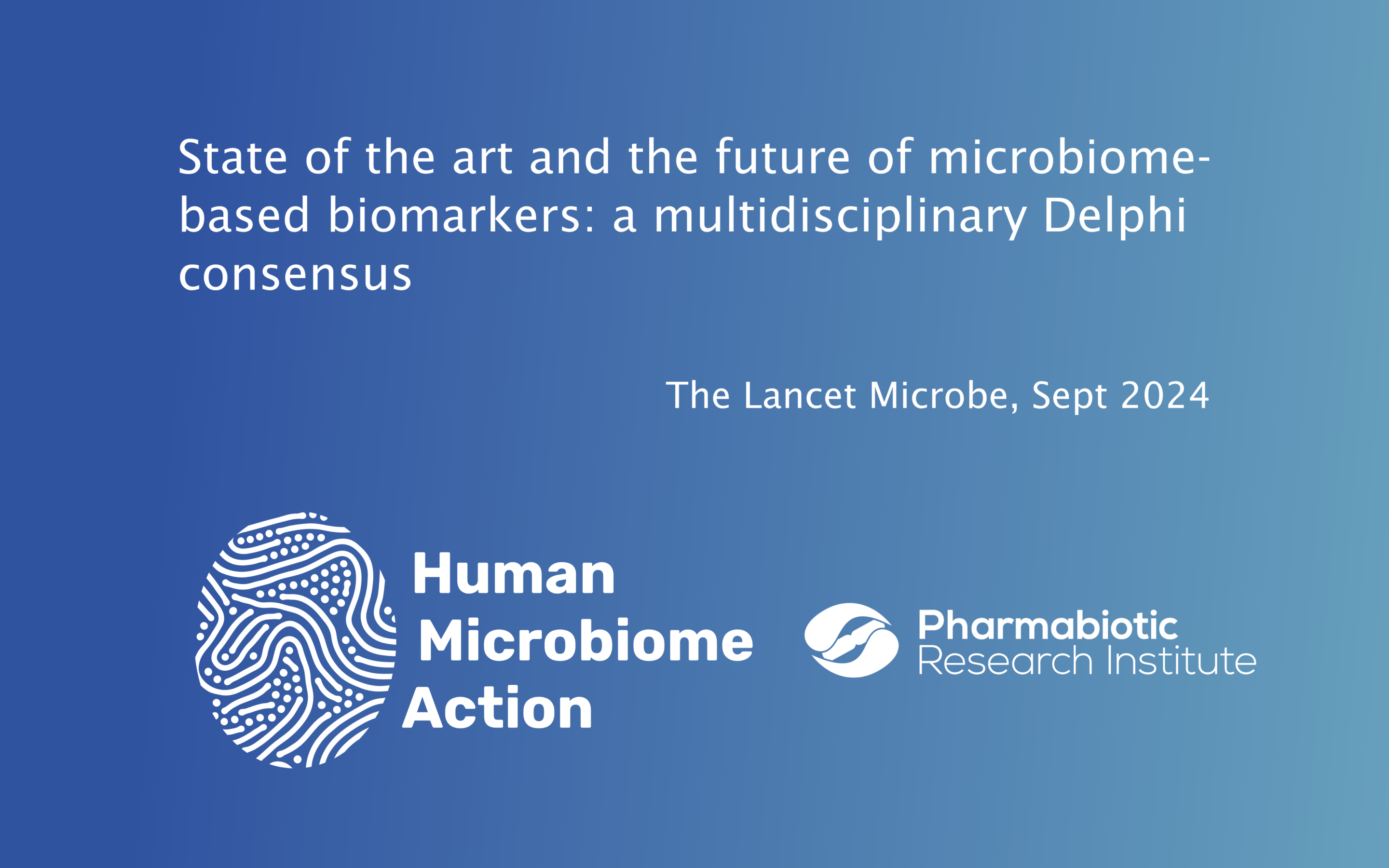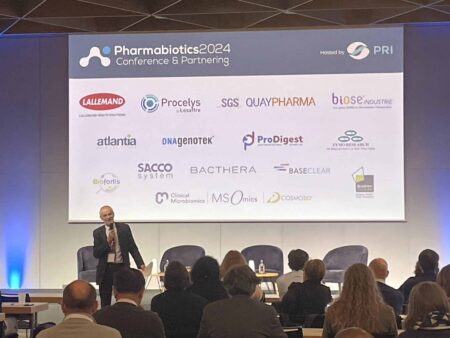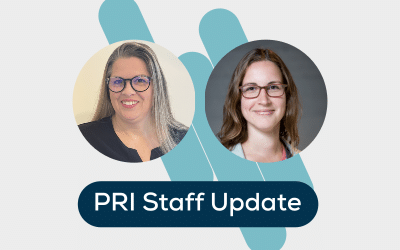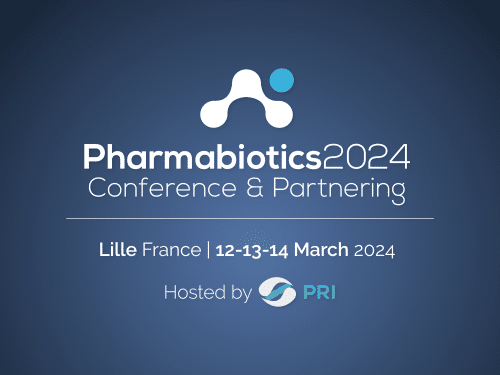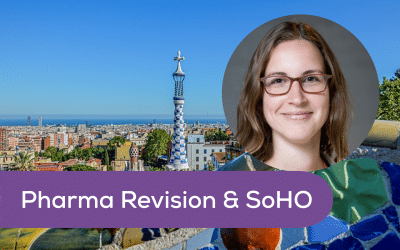Last week PRI Executive Director Magali Cordaillat-Simmons (PhD) was an invited expert at ISAPP’s annual meeting organized in Denver, Colorado. The International Scientific Association for Probiotics and Prebiotics (ISAPP) is “the international non-profit organization that works to advance the science of probiotics, prebiotics and related substances, such as synbiotics, postbiotics and fermented foods” (visit their website here: https://isappscience.org/).
The event welcomed scientists, clinicians and developers from industry from all over the world.
Chaired by PRI Members Bruno Pot (Yakult Europe) and Sarah Lebeer (University of Antwerp), the workshop discussion was meant to highlight and clarify the underlying the differences in development steps when considering probiotic strains used in medicinal products (LBPs) versus the traditional use of probiotic strains in foods or food supplements. Magali’s participation first focused on one of the core regulatory principles on which the PRI has worked for several years: the regulatory status of a finished product is based on its intended use, not the nature or composition of its ingredients (learn more here – “Live biotherapeutic products: the importance of a defined regulatory framework“).
Workshop 5 – “How does the development pipeline differ between microbiome-based therapeutics and traditional probiotics for foods/supplements?”
ISAPP has published extensively on the various scientific definitions in the microbiome field, ie probiotics, prebiotics, postbiotics, synbiotics… Each of these definitions make reference to the concept of a ‘health benefit’, which can include nutritional benefits, disease treatment and prevention, and reduction of risk factors to health… It is therefore up to the product developer to specify the intended use and target population of their future product containing ‘-biotic’ ingredients. This will then inform the regulatory status of the finished product, and therefore the specific requirements to reach market.
Magali’s regulatory input was very welcome at our discussion group: it is an area not well known by scientists. One new thing that I learned is that knowledge on ‘mode of action’ is important for potency tests and interactions with the quality assessors (might be less important for clinical assessors). And we also discussed the biogeography of bacterial strains: that this might have impact on whether foreign data will be accepted in your own region.
ISAPP, in a traditional approach, organised a number of working groups to discuss topics of interest in the field of pro- and prebiotics.
This year under the lead of Prof. Sarah Lebeer we welcomed a group of over 20 experts to discuss the theme “How does the development pipeline differ between microbiome-based therapeutics and traditional probiotics for foods/supplements?”. This theme is known to cause confusion in the literature, as the use of probiotics, mostly developed and made available as food products, could raise some concerns when used in a medical context, concerns on the level of supporting research, regulation and manufacturing. The group discussed these different aspects, of course with special interest for the recent approval by the FDA of two products intended to treat C. diff patients.
As intended to treat a disease, these products are to be considered the first approved Live Biotherapeutic Products (LBPs) in the market. The clinical support, the intended use and the manufacturing conditions for these products are significantly different from a traditional probiotic food product. During the discussion, the contribution of Dr. Magali Cordaillat-Simmons, the PRI Executive Director, has been instrumental in clarifying the regulatory position of both categories of products. All-in-all, a very enriching experience again! Results of the discussion will be published in a peer-reviewed journal.

